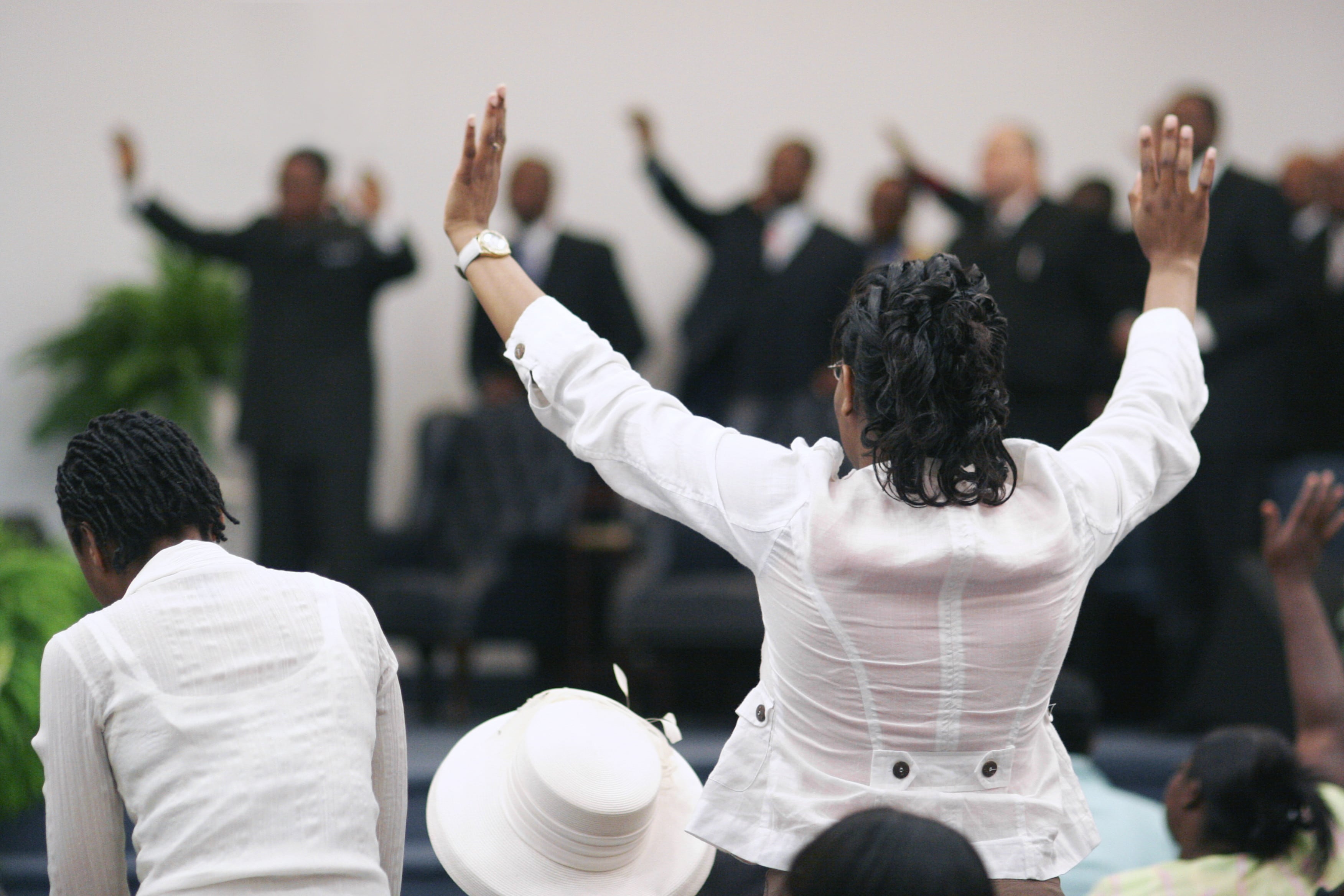By Dr. Mustafa Santiago Ali
Today marks a pivotal moment in our ongoing battle against the invisible enemy that is air pollution. The Environmental Protection Agency’s decision to tighten the reins on particulate matter, particularly soot, is a beacon of hope for communities long engulfed in the shadows of environmental injustice.
For too long, the air we breathe has been tainted not just by pollutants but by a legacy of disregard for the health and well-being of African American communities and other marginalized groups. The invisible particles that have penetrated our lungs and homes have carried with them a weight far greater than their microscopic size would suggest, exacerbating asthma, heart disease, and a myriad of other health conditions that have disproportionately plagued our people.
This new rule is not just about cleaner air; it’s about restoring dignity and equity to our communities. It’s about the lives that will be saved, the sicknesses that will be prevented, and the countless missed days of work and school that will now be a thing of the past. It’s about addressing the asthma epidemic that has stifled the breaths of our children and the adverse effects on Black maternal health that have for too long been ignored.
By targeting the sources of fine particulate pollution, from fossil fuel power plants to diesel-burning vehicles, this policy confronts the systemic injustices that have relegated our communities to the front lines of environmental hazards. It challenges the status quo that has seen middle-class and wealthy Black Americans breathing air more polluted than that of any other demographic, irrespective of income.
The benefits of this tighter standard extend beyond the immediate relief of cleaner air. They are a testament to the resilience of our communities and a step forward in rectifying the historical injustices that have led to such disparate exposure to pollution. The projected reduction in premature deaths, asthma-related emergencies, and healthcare costs is a quantifiable measure of progress, but the true value lies in the unquantifiable— the laughter of children playing outside in cleaner air, the peace of mind of parents no longer fretting over the air their families breathe, and the collective breath of a community no longer stifled by the weight of environmental neglect.
The insidious haze of PM2.5, a fine particulate that invades the very air we rely on for life, casts a shadow far beyond the physical. It seeps into the psyche of our communities, particularly those of African American heritage and other vulnerable groups, weaving a tapestry of mental anguish alongside its physical toll. The constant, often unseen stress of living under a cloud of pollution exacerbates not just the body’s ailments but also the mind’s burdens. Anxiety, depression, and a pervasive sense of helplessness become the silent specters that haunt our days and nights, compounded by the systemic inequities that have long dictated who bears the brunt of environmental disregard.
As we advocate for cleaner air and stricter regulations, we must also acknowledge this mental health crisis, for it is in the healing of both mind and spirit that our true liberation lies. Our fight for environmental justice is, at its core, a fight for the holistic well-being of our people, a declaration that we deserve not just survival, but the right to thrive in body, mind, and soul.
In this moment, we are reminded of the power of advocacy and the strength of our voices when united in a common cause. Let this rule serve as a milestone in our journey towards environmental justice and a reminder that, while the road ahead may be long, our resolve to fight for the health and well-being of our communities remains unwavering.
Together, we move forward, breathing easier, fighting harder, and standing taller in the face of adversity. This is our moment, our victory, and our testament to the enduring spirit of a community that refuses to be silenced.
Dr. Mustafa Santiago Ali is the founder of Revitalization Strategies and executive vice president of the National Wildlife Federation. He was also an environmental justice official at the EPA.








